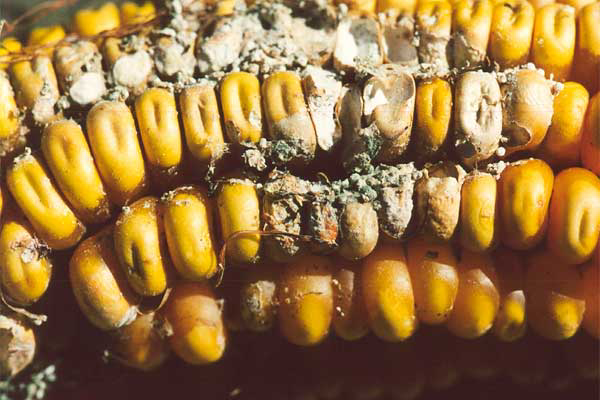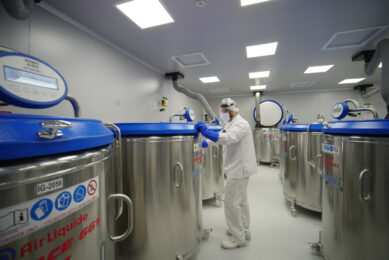Experts gather to discuss mycotoxin challenge

Mycotoxins continues to remain a complex and challenging topic for the feed industry. To shed light on this important topic, Kemin hosted a meeting with leading industry experts in the field of mycotoxin research and regulation to discuss emerging mycotoxins, analytical challenges and the negative effects of mycotoxins.
Mycotoxins continues to remain a complex and challenging topic for the feed industry. To shed light on this important topic, Kemin hosted a meeting with leading industry experts in the field of mycotoxin research and regulation to discuss emerging mycotoxins, analytical challenges and the negative effects of mycotoxins.
According to the experts, one of the key challenges is to understand the effects of several different mycotoxins acting collectively. Professor Siska Croubels, from the Faculty of Veterinary Medicine with Ghent University in Belgium, explained that research needs to focus on the effects of mycotoxins at low levels, both individually and together.
Furthermore, the current levels of mycotoxins are severely underestimated because traditional detection methods cannot identify masked mycotoxins (mycotoxins linked to a sugar compound), which can account for 40–80% of mycotoxin levels, according to Dr. Marthe de Boevre from the Laboratory of Food Analysis with Ghent University. In the animal’s digestive tract, masked mycotoxins are cleaved and then release the active mycotoxin.
To improve mycotoxin control, coming from both free and cleaved masked mycotoxins, Kemin vice president of research and development, Dr. Stefaan Van Dyck, reviewed TOXFIN, a broad spectrum mycotoxin binder that uses carefully selected activated clays. TOXFIN works by absorbing mycotoxins in the digestive tract and then excreting them into the feces, creating both a health safeguard for animals and consumers.
“Scientific studies have shown that TOXFIN successfully eliminates the negative effects of mycotoxins,” said Van Dyck. “Kemin is committed to providing effective solutions to help meet the increasing demand for quality, safe feed.”
In addition, Dr. Frans Verstraete from the European Commission (DG Sanco) discussed European regulation, in which some myocotoxins are regulated with a maximum value and some with a guidance or an indicative value. Looking to the future, the professionals expect to see additional mycotoxins, such as alternaria, citrinin and phomposins, appearing on the EU focus list.
The experts agreed that only through combined action from regulators, industry analysts, and business leaders can solutions be provided to curb the ever increasing mycotoxin challenges.











